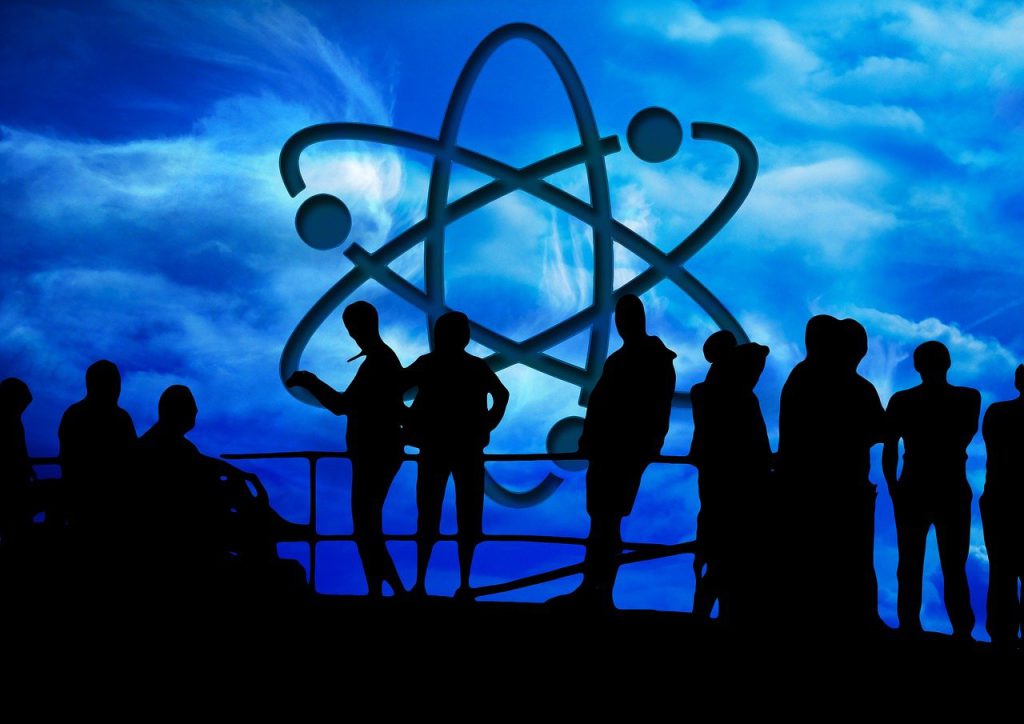The opposition’s energy spokesperson, Ted O’Brien, has confirmed that taxpayer funds would be required to kickstart the Coalition’s ambitious plan to introduce nuclear power generation in Australia. Amidst scrutiny regarding costs, timelines, and the commercial viability of local nuclear energy, O’Brien asserted that Commonwealth funds would play a crucial role in subsidizing the proposal. He pointed to government involvement in projects like the Snowy 2.0 pumped hydro power scheme and federal financial support for green energy investments.
In a Sunday interview with Sky News, O’Brien emphasized the government’s role in various energy infrastructure projects, defending the need for taxpayer contributions. He cited the government’s ownership role in the Snowy 2.0 project and drew parallels with Labor’s introduction of the capacity investment scheme for industrial-scale renewables.
As the Coalition gears up to unveil a costed policy before the May budget, outlining plans to build large-scale nuclear reactors on former coal-fired power station sites, questions regarding the project’s timeline were raised. O’Brien optimistically stated that Australia could have nuclear power in operation within a decade, a claim that contradicts estimates from the majority of energy experts.
Energy Minister Chris Bowen contested O’Brien’s assertions, highlighting the expensive nature of nuclear energy and the tendency for delays in such projects. Bowen expressed skepticism, stating that O’Brien’s 10-year timeline was unrealistic, especially given the absence of regulations and international bans on nuclear projects.
Recent setbacks in overseas nuclear projects, such as the UK’s Hinkley Point C and the collapse of a US-based small modular nuclear reactor venture, have added pressure to global hopes for a low-emissions nuclear energy industry revival. The Hinkley Point C project faced setbacks, delays, and cost overruns, while the US-based venture squandered significant taxpayer funds due to commercial viability issues.
In response to questions about lifting Australia’s moratorium on nuclear banking and development, Bowen asserted that he would not consider lifting the ban, advocating for letting the market determine the industry’s fate. He argued that no other country globally had successfully sorted out nuclear energy without massive transfers of taxpayer wealth to constructors. Bowen warned against signaling Australia’s willingness to use taxpayers’ money to subsidize the nuclear industry’s development.












More Stories
Australia Unveils Strategy to Attract Foreign Investment
FCC Imposes $200 Million Fine on Major US Mobile Carriers for Unauthorized Sale of Customer Location Data
Louis Dreyfus Company Emerges Victorious in Namoi Cotton Takeover Bid